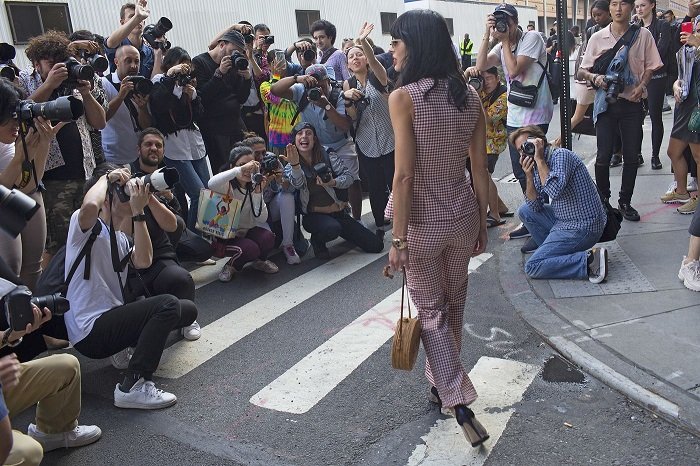In the glittering realm of celebrity culture, the presence of paparazzi is both ubiquitous and controversial. This blog post delves into the world of paparazzi, exploring their role in capturing the lives of the rich and famous, the ethical considerations surrounding their work, and the impact on both celebrities and the public.
The Role of Paparazzi:
Capturing Moments of Fame:
Paparazzi are photographers who specialize in capturing candid, often sensational, moments of celebrities’ lives. These moments range from red carpet appearances to intimate, unguarded instances in public spaces.
The Glitter and Glamour: Unveiling the Mystique of the Red Carpet
Supplying Demand for Celebrity Content:
The demand for celebrity news and imagery drives the paparazzi industry. Media outlets, magazines, and online platforms rely on these photographers to provide exclusive and captivating content that attracts audiences.
Ethical Considerations:
Invasion of Privacy:
One of the primary ethical concerns surrounding paparazzi is the potential invasion of celebrities’ privacy. Intrusive photography in private settings or during personal moments raises questions about the boundaries between public personas and private lives.
Impact on Mental Health:
Continuous scrutiny by paparazzi can have significant effects on the mental health of celebrities. The constant surveillance, invasive questioning, and the pressure to maintain a flawless image contribute to stress, anxiety, and in some cases, mental health challenges.
Risk of Altering Reality:
Paparazzi imagery may capture isolated moments that don’t necessarily reflect the complete reality of a celebrity’s life. This selective portrayal can lead to misconceptions and misinterpretations, influencing public perceptions.
Impact on Celebrities and the Public:
Strained Relationships:
The relationship between celebrities and paparazzi is often tense. Instances of confrontations, legal battles, and altercations between celebrities and photographers highlight the strain caused by invasive practices.
Public Fascination and Consumption:
Paparazzi photos contribute to the public’s insatiable appetite for celebrity content. While these images provide a glimpse into the lives of the famous, they also raise questions about the responsibility of media and the public in consuming such material.
Changing Dynamics with Social Media:
The rise of social media has shifted the dynamics of celebrity visibility. Celebrities now have the means to share their lives directly with the public, challenging the traditional role of paparazzi in controlling the narrative.
Regulation and Legal Aspects:
Anti-Paparazzi Legislation:
Some regions have implemented anti-paparazzi laws to protect the privacy of individuals. These laws aim to curb aggressive tactics and prevent harassment by imposing penalties on intrusive behavior.
Legal Battles:
Celebrities occasionally pursue legal action against paparazzi for invasion of privacy or harassment. These legal battles contribute to ongoing discussions about the boundaries between freedom of the press and the right to privacy.
Conclusion:
The world of paparazzi exists at the intersection of fame, media, and privacy. While these photographers play a crucial role in feeding the public’s fascination with celebrity culture, their methods raise ethical questions and often lead to conflicts.
As society continues to grapple with the impact of paparazzi on individuals’ lives, the evolving landscape of media, technology, and public perception will shape the dynamics between those in the limelight and those behind the lens.

